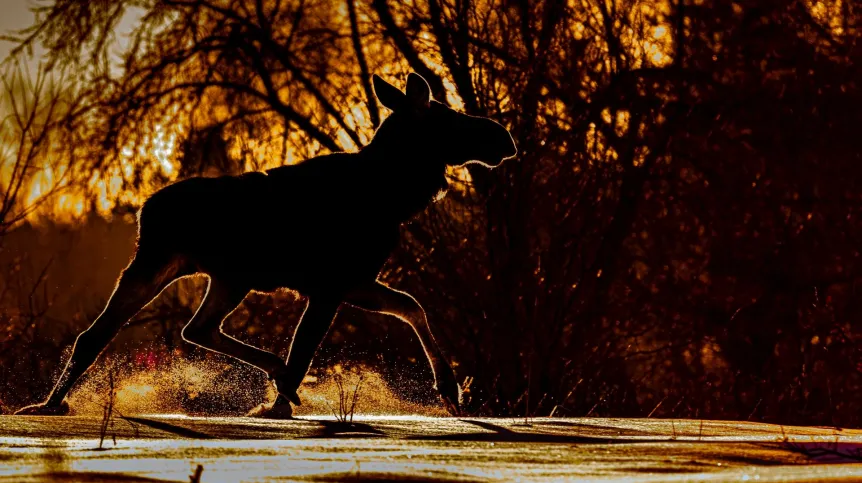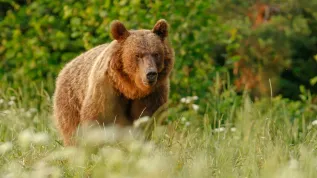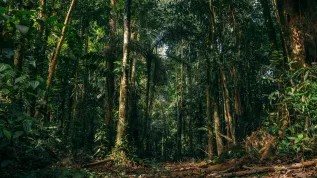
New maps released today document the seasonal movements of moose in Poland’s Biebrza River Valley, along with two migratory populations of European bison living in the Białowieża Forest and Knyszyn Forest.
European bison and the moose are the largest wild ungulates in Europe and among the few surviving species that migrate seasonally between summer and winter habitats.
These migratory herds are testaments to Poland’s ability to protect the imperiled phenomenon of terrestrial migration, and its ongoing responsibility to maintain connected landscapes.
“Although the moose and bison migrations are usually short in distance, they play an important role in the lifecycle of these species,” said Rafał Kowalczyk, wildlife biologist and researcher with the Mammal Research Institute, Polish Academy of Sciences, who leads the tracking effort.
The newly-released migration maps from Poland are part of the Atlas of Ungulate Migration (https://gagecarto.github.io/giumMap/), developed by the Global Initiative on Ungulate Migration (GIUM) under the Convention on the Conservation of Migratory Species of Wild Animals (CMS), a treaty of the United Nations.
"The seasonal migration of large terrestrial mammals is a unique and fascinating phenomenon,” says Kowalczyk. “The Atlas of Ungulate Migration illustrates how many species migrate seasonally all over the world, highlighting the challenges they face in environments often dominated by humans and riddled with barriers.”
Publicly available online, the atlas is a growing repository for up-to-date migration maps that can inform conservation planning, infrastructure development and policy making, supporting efforts to maintain critical ecological connectivity and essential habitats for migratory species while reducing the potential for human-wildlife conflict.
Kowalczyk was the primary data contributor for the maps and co-author of the factsheets that summarize the best available science on the European bison and moose populations in Poland. The research built on long-term monitoring efforts and tracking data collected by his colleagues with the Mammal Research Institute, the Polish Academy of Science and the University of Białystok.
After being extinct in the wild at the beginning of 20th century, European bison were reintroduced to the ancient Białowieża Forest in 1952. Since then, the population has grown to nearly 900 animals. As numbers have increased, they have also established migrations that optimize their use of habitat across the seasons.
The moose of the Biebrza marshes also faced near population collapse, due to overhunting that led to dangerously low numbers in the 1990s. However, conservation efforts allowed the species to recover in the region. Today’s moose make perilous crossings of busy roads and railways during seasonal movements, underscoring the importance of considering wildlife movement in future development.
“Understanding and mapping these migrations is crucial for the conservation of these species, and for preventing barriers from forming along their migratory routes,” Kowalczyk said.
Learn more about the GIUM’s Atlas of Ungulate Migration: www.cms.int/en/gium/migration-atlas (PAP)
Science in Poland
zan/ bar/













